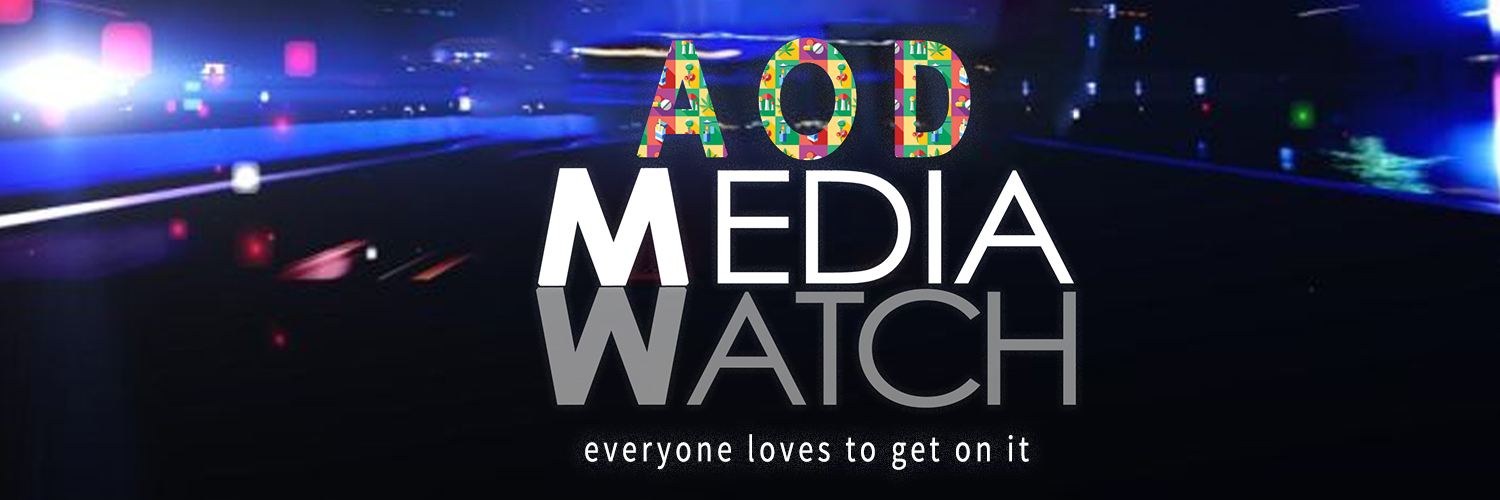The announcement this week of the largest ever seizure of methamphetamine in Australian history has been accompanied by a familiar chorus of uncritical and often sensationalised media reporting. For example, this piece from the Australian Associated Press cited Prime Minister Malcolm Turnbull describing “ice as a ‘scourge’ that destroys lives”. Meanwhile, news.com.au referred back to last week’s wastewater report (here’s our take), stating, “The true enormity of the nation’s deadly ice plague was revealed by secretly testing the wastewater of 14 million Australians”. This is despite criticism that the media coverage of the wastewater analysis did not highlight the limitations of the report – and that the report was aligned with a certain political agenda regarding the role of law enforcement in drug policy.
So how accurate are the claims made by government authorities regarding drug seizures? And what broader implications do large-scale seizures have for Australia’s drug control policies?
This record seizure, as with the countless others preceding it, was a news spectacle. It culminated in a live, nationally broadcasted press conference, followed by wall-to-wall media coverage across TV, print, radio, and digital platforms. The Federal Justice Minister, Michael Keenan, was flanked by Federal Police officers (inexplicably armed and replete in tactical gear). He declared that the impact of the seizure “cannot be underestimated”, and that it represented “a very serious blow to organised crime around the country”. The ‘street value’ of the 903 kilograms of seized methamphetamine was estimated at nearly $900 million – money which, according the Minister, “hasn’t gone into the hands of organised criminals”.

So, how do these claims stand up to scrutiny? Not well, as it turns out.
To start with, the purported value of $900 million is based on street price. Illicit drugs are priced differently depending upon which stage of the supply chain they are located. The difference in the price of illicit drugs at the point of production and the point of retail can vary by as much as 100:1. Even going by inflated retail prices, however, the purported value of this particular haul is massively overestimated. According to recent Australian research, the retail price of a point of crystal methamphetamine in Victoria is $50. By these figures, the total street value of the seizure comes in at just over $451 million – a significant sum, but only half the amount claimed by the authorities and reprinted uncritically by news media across the country. The wholesale price would be significantly less.

Law enforcement agencies often create misleading estimates based on more expensive retail values rather than those based on prices higher up the chain of supply. In doing so they are able to create significantly more media interest, and that provides the aforementioned news spectacle that benefits both politicians, law enforcement agencies and the mainstream media. Politicians can be seen as being tough on drugs, law enforcement is seen as being successful in the ‘war on drugs’ and the media attract significant public attention through sensationalist headlines.
Less straightforward, but perhaps more important to assess, is the claimed impact on organised crime. The seizure of 903 kilograms of methamphetamine may indeed represent a significant loss to the particular criminal syndicate responsible for this shipment. However, studies conducted both in Australia and overseas cast doubt on the notion that effectively tackling organised crime and reducing illicit drug supply can be achieved through border interdiction alone.
As several decades of a on ‘war on drugs’, policing have demonstrated, so long as there is strong consumer demand, and the capacity to produce drugs cheaply, reliably and profitably overseas, organised crime groups are likely to continue to fill gaps in the supply chain that are created by law enforcement interventions. The Age‘s Tammy Mills should be commended since in her piece she interviewed an AOD expert, Victorian Alcohol and Drug Association CEO Sam Biondo. He stated that “On the surface it looks like an incredible haul, but we can’t forget that this comes on the back of many other incredible hauls, and it’s very clear that while the police are putting in a significant effort into these activities, it’s very easy for the masterminds behind this to factor these interventions into their business models. We need to consider the broad range of activities to address drug activity in the community”. No other media outlets appeared to question the information that was being provided by law enforcement during the spectacular press conference.

Journalists need to be more critical of the information provided to them by government authorities when it comes to drugs. There needs to be better investigative journalism that highlights the benefits of overestimating the size of drug seizures based on price and questions the realistic impact of these seizures.
Dr James Martin, Senior Lecturer in Criminology at Macquarie University & Dr Stephen Bright, Senior Lecturer of Addiction at Edith Cowan University & Adjunct Research Fellow at the National Drug Research Institute, Curtin University
This is an adaptation of a piece published on The Conversation. To read the original article, click here.
AOD Media Watch Reviewers:
- Jenny Valentish, Freelance journalist
- Dr Alex Wodak, President of the Australian Drug Law Reform Foundation
Disclaimer: The authors take full responsibility for the content of this article
Kindly go to setting page and check the option "Place them manually"